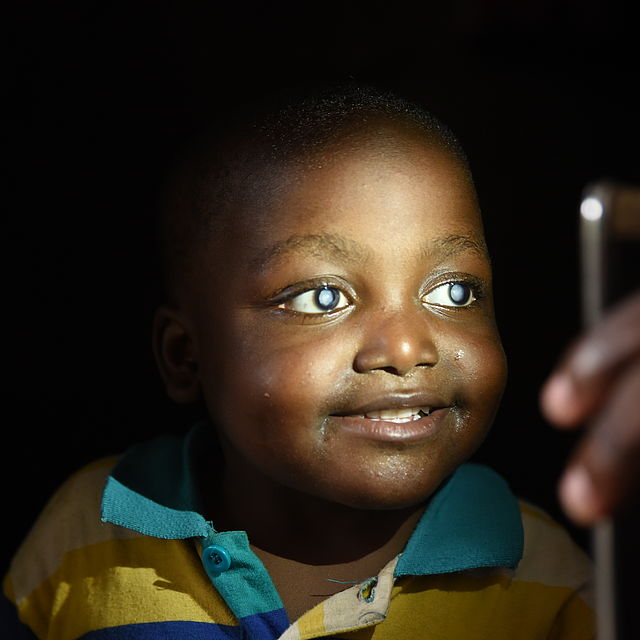2030 In Sight: Love Your Eyes
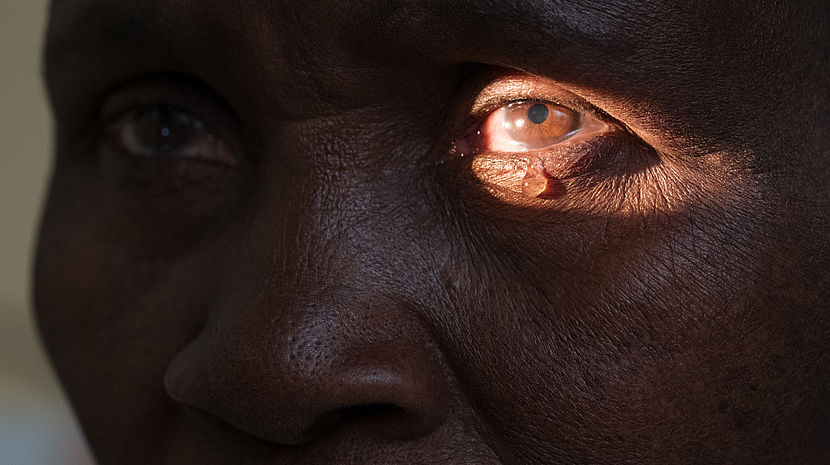
©CBM/Hayduk
Christian Blind Mission supports new strategy for eyesight.
It is a much-quoted figure, but it nevertheless remains an alarming one – More than one billion people with a vision impairment worldwide lack access to eye care. An ageing population and changing lifestyles mean that this figure will stand at 1.8 billion by 2050, according to the forecast of the World Health Organization and The Lancet Global Health Commission on Global Eye Health . The biggest threat is refractive error which leads to blurred vision and, if severe and not corrected, may lead to blindness.
This development must be stopped.
That is why the International Agency for the Prevention of Blindness (IAPB), the Alliance for Global Eye Health, has developed a new strategy: 2030 In Sight. CBM supports this strategy for better vision worldwide.
Dr. Babar Qureshi, Director of the Inclusive Eye Health Initiative at CBM, is the Vice President of the IAPB and also its Supervisory Board Chairman. He has been actively involved in the joint development of the strategy and appeals for action now.
"It is time to ensure that everyone gets the eye care they need and deserve, no matter where they are in the world. A billion people cannot see well just because they don't have access to ophthalmic care. That's a billion reasons to do something very quickly. We need to invest now and take action so that no one has unnecessary eye problems by 2030."
The three declared goals of 2030 In Sight are simple:
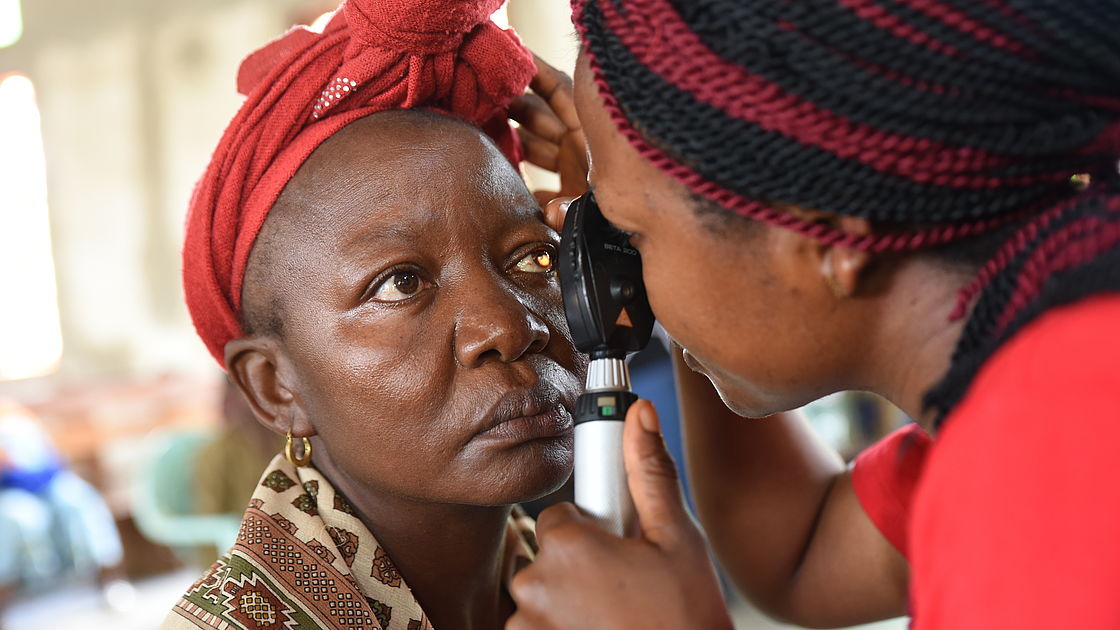
Everyone should have the opportunity to take an eye test.
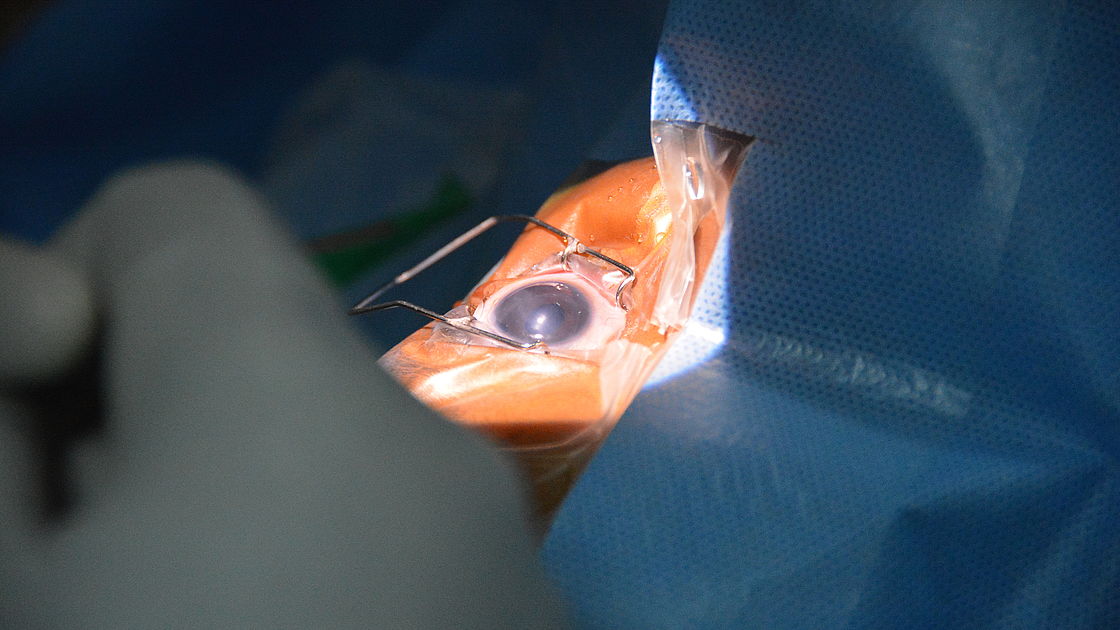
All people worldwide should receive affordable eye care.
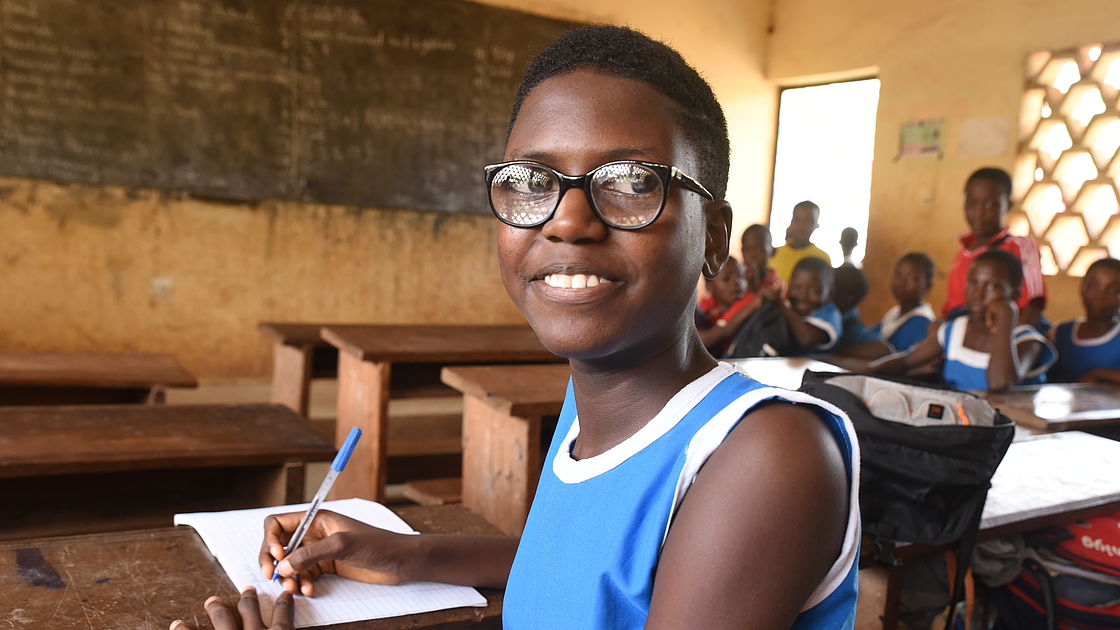
Everyone should be able to afford glasses when they need it.
Challenge and opportunity
It is becoming more and more evident that effective eye care is vital if the UN Sustainable Development Goals are to be met. People-centred eye care can advance SDG 3 on good health and well-being as well as SDGs 1 (No Poverty), 2 (Zero Hunger), 4 (Quality Education), 8 (Decent Work and Economic Growth) and 10 (Reduced Inequalities).
90 percent of all visual impairments are preventable and treatable. If the world's governments provide funds and prioritize eye health more than before, everyone can get access to treatment. This will make access to eye tests possible for all children, adults and older people. Millions of people can also afford glasses.
It is that simple and yet the mountain to climb is high. "Only if governmental and non-governmental institutions work together and act quickly can the goals of 2030 In Sight be achieved," Qureshi warns.
CBM has been working for many years to improve the situation for persons with visual impairments. It is fully committed to the decade long endeavor of 2030 In Sight to ensure no one is left behind when it comes to eye care.
